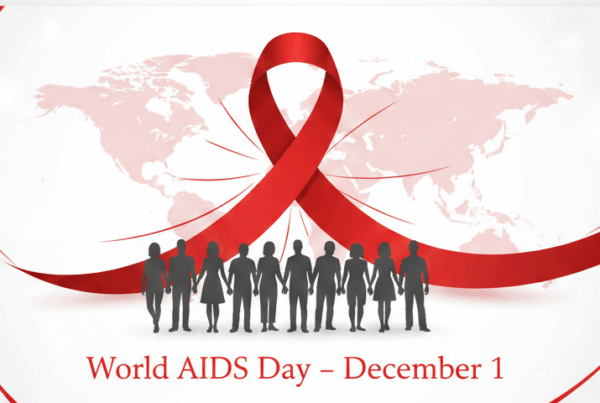Every year, May 31st marks World No Tobacco Day, a global health campaign spearheaded by the World Health Organization (WHO) to raise awareness about the deadly impact of tobacco and advocate for policies to reduce its use. The 2025 theme—“Unmasking the Appeal: Exposing Industry Tactics on Tobacco and Nicotine Products”—puts the spotlight on how the tobacco industry manipulates consumers through misleading marketing, flavored products, and deceptive packaging, particularly targeting youth and vulnerable populations.
In India, where tobacco is consumed in both smoking and smokeless forms by millions, the implications are severe. According to recent data, tobacco use is responsible for over 1.3 million deaths annually in the country. Despite years of awareness campaigns, the tobacco industry continues to find new ways to hook young users—offering flavored products, e-cigarettes, and stylish branding to mask the harsh realities of addiction and disease.
Dr. Subhasish Mishra, a leading radiation oncologist based in Odisha, has seen the toll tobacco takes on patients and families firsthand. “In my hospital, I see a growing number of patients—some shockingly young—who are diagnosed with advanced-stage cancers caused by tobacco. Most commonly, we treat cancers of the oral cavity, throat, and lungs. These are not rare anymore; they’re becoming alarmingly common,” he said.
Dr. Mishra explains that the early symptoms of tobacco-related cancers are often subtle and easily ignored: “Persistent mouth ulcers, white or red patches in the mouth, hoarseness of voice, difficulty swallowing, chronic cough, and unexplained weight loss are all warning signs. Unfortunately, many people delay seeking medical advice until the disease has progressed to a point where treatment becomes more complex and less effective.”
He also emphasized that smokeless tobacco—such as gutkha, khaini, and pan masala—is a major concern in India. “There is a dangerous myth that smokeless tobacco is safer than smoking. That is absolutely false. In fact, many oral cancer patients have never smoked a cigarette in their lives—they were addicted to chewing tobacco.”
This year’s WHO campaign urges governments and civil society to push back against the tactics used by the tobacco industry, including the introduction of appealing flavors, celebrity endorsements, and misleading health claims. These methods are carefully crafted to create a false sense of safety around tobacco and nicotine products, especially among teenagers and young adults.
Dr. Mishra believes that combating this misinformation starts at the grassroots level. “We need to integrate tobacco education into school curricula, involve parents and teachers, and run localized awareness campaigns. It’s not just about scaring people—it’s about giving them the facts and the support they need to quit.”
He advocates for stronger enforcement of tobacco control laws, stricter packaging regulations, and more accessible cessation services. “Quitting tobacco is not easy. It’s an addiction. But with the right counseling, medications, and family support, it is possible. Hospitals and clinics should actively offer tobacco cessation programs as part of routine healthcare.”
As India observes World No Tobacco Day 2025, the challenge ahead is not just medical—it is social, educational, and deeply cultural. The goal is clear: unmask the appeal, reveal the truth, and empower individuals to make healthier choices. With voices like Dr. Mishra leading the charge, there is hope that the future can be free from the grip of tobacco.
“In the end,” Dr. Mishra says, “quitting tobacco is a decision to choose life over addiction. And that’s the most powerful message we can give.”



